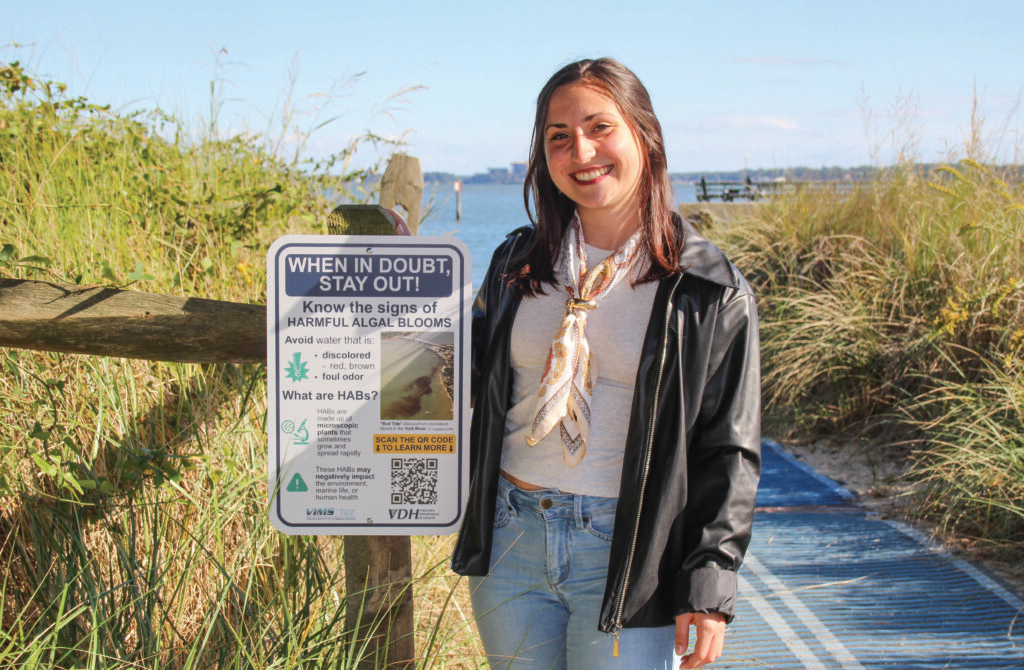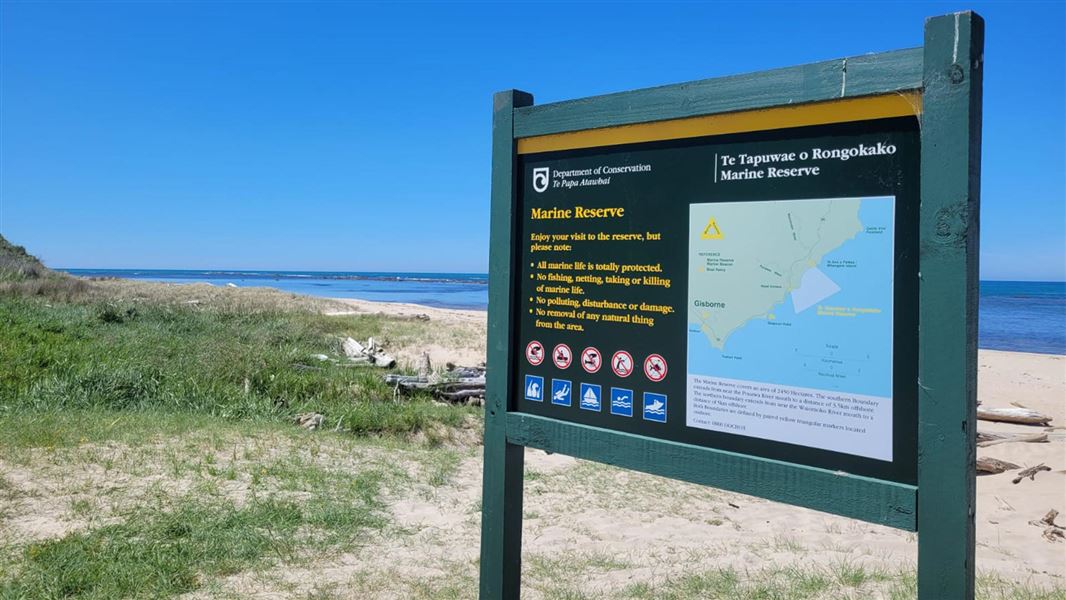VIMS student seeks to raise awareness of harmful algal blooms – Gloucester Mathews Gazette-Journal

VIMS Graduate Initiative to Mitigate Harmful Algal Blooms in Alignment with UN Sustainable Development Goals
Project Overview and Objectives
A capstone project is being undertaken by Bayleigh Albert, a Master of Arts in Marine Science candidate at the College of William & Mary’s Virginia Institute of Marine Science (VIMS), to enhance public awareness regarding Harmful Algal Blooms (HABs) in the York River. This initiative, conducted in collaboration with the Virginia Department of Health’s Office of Communications, directly addresses critical environmental and public health issues.
The project focuses on educating the public about the conditions that foster the development of algal blooms. Key contributing factors include:
- Excessive sunlight exposure in aquatic environments.
- An overabundance of nutrients resulting from land-based runoff and erosion.
- Increasing water temperatures.
The initiative clarifies that while not all algal blooms are detrimental, certain blooms present significant risks, particularly to marine life. The project also distinguishes between the impacts of marine HABs, which primarily affect fish, and freshwater HABs, which can pose a more direct threat to human health.
Contribution to Sustainable Development Goals (SDGs)
This public awareness campaign makes significant contributions to several United Nations Sustainable Development Goals (SDGs) through its focus on environmental science, public health, and education.
- SDG 14: Life Below Water: The project’s primary goal is to protect marine ecosystems. By educating the public on the causes and effects of HABs, the initiative aims to reduce the pollution that leads to these blooms, thereby conserving the York River’s marine environment and protecting aquatic life from the harmful impacts of oxygen depletion and toxins.
- SDG 6: Clean Water and Sanitation: The initiative directly supports Target 6.3, which aims to improve water quality by reducing pollution. Raising awareness about nutrient runoff from erosion is a critical step in mobilizing community action to prevent pollutants from entering waterways, thus safeguarding water resources.
- SDG 3: Good Health and Well-being: By disseminating information on the potential dangers of HABs, especially in freshwater contexts, the project contributes to public health and safety. This educational effort helps prevent human exposure to harmful toxins, aligning with the goal of ensuring healthy lives for all.
- SDG 4: Quality Education: The installation of informational signs serves as a tool for public education, promoting lifelong learning about environmental stewardship. This effort increases community-wide understanding of local ecological challenges and empowers citizens with the knowledge to contribute to solutions.
- SDG 17: Partnerships for the Goals: The project exemplifies a multi-stakeholder partnership between an academic institution (VIMS) and a government agency (Virginia Department of Health). This collaboration is essential for effectively translating scientific research into public policy and community action, demonstrating a practical application of SDG 17.
Analysis of Sustainable Development Goals in the Article
1. Which SDGs are addressed or connected to the issues highlighted in the article?
-
SDG 3: Good Health and Well-being
The article connects to this goal by mentioning the health risks associated with harmful algal blooms (HABs). It explicitly states that while marine blooms are harmful to fish, freshwater blooms are “more harmful to humans.” The project’s collaboration with the “Virginia Department of Health” further underscores the public health dimension of the issue.
-
SDG 4: Quality Education
This goal is central to the project described. The student’s capstone project “aims to raise public awareness of harmful algal blooms” and involves the installation of “informational signs.” This is a direct effort to educate the public on an important environmental issue, promoting knowledge for sustainable development.
-
SDG 6: Clean Water and Sanitation
The article addresses water quality by discussing the causes of algal blooms, which include an “overabundance of nutrients from runoff or erosion.” This points directly to the issue of water pollution from land-based sources affecting water-related ecosystems like the York River.
-
SDG 13: Climate Action
A direct link to climate action is made when the article lists “warming water temperatures” as one of the key conditions that cause algal blooms to develop. This connects the local environmental problem of HABs to the broader global issue of climate change.
-
SDG 14: Life Below Water
This is the most prominent SDG in the article. The entire focus is on “harmful algal blooms (HABs) in the York River,” a marine environment. The article explicitly states that “marine algal blooms are not necessarily harmful to humans but can be to fish,” highlighting the direct threat to marine life and ecosystems.
2. What specific targets under those SDGs can be identified based on the article’s content?
-
Target 14.1: Reduce Marine Pollution
This target aims to “prevent and significantly reduce marine pollution of all kinds, in particular from land-based activities, including… nutrient pollution.” The article directly identifies a cause of HABs as an “overabundance of nutrients from runoff or erosion,” which is a form of nutrient pollution originating from land-based activities.
-
Target 6.3: Improve Water Quality by Reducing Pollution
This target focuses on improving water quality by “reducing pollution.” The issue of nutrient runoff mentioned in the article is a form of pollution that degrades the water quality of the York River, making this target highly relevant.
-
Target 3.9: Reduce Illnesses from Water Pollution
This target aims to “substantially reduce the number of… illnesses from… water… pollution and contamination.” The article’s mention of HABs being “harmful to humans” and the involvement of the Virginia Department of Health directly align with the goal of preventing water-related health problems.
-
Target 4.7: Education for Sustainable Development
This target seeks to ensure learners acquire knowledge for sustainable development. The student’s project, which “aims to raise public awareness” through “informational signs,” is a practical application of education for sustainable development, informing the community about local environmental challenges.
-
Target 13.3: Improve Climate Change Education and Awareness
This target focuses on improving “education, awareness-raising and human and institutional capacity on climate change… impact reduction.” By linking “warming water temperatures” to the formation of HABs and aiming to raise public awareness, the project contributes to educating the public on a tangible impact of climate change.
3. Are there any indicators mentioned or implied in the article that can be used to measure progress towards the identified targets?
-
Implied Indicator for Target 14.1 & 6.3: Prevalence of Harmful Algal Blooms
The article does not state a specific metric, but the focus on HABs implies that their frequency, extent, and duration in the York River serve as a key indicator of nutrient pollution and overall water quality. A reduction in HABs would indicate progress.
-
Implied Indicator for Target 4.7 & 13.3: Level of Public Awareness
The project’s stated goal is to “raise public awareness.” Therefore, the level of community knowledge and understanding of HABs, their causes (including the link to climate change), and their impacts is a direct, albeit implied, indicator of the project’s success and progress toward this educational target.
-
Implied Indicator for Target 3.9: Number of Health Incidents Related to HABs
The collaboration with the “Virginia Department of Health” suggests that public health is a key concern. An implied indicator for this target would be the tracking of human health incidents (e.g., skin irritation, respiratory issues, or illness from contaminated seafood) linked to exposure to HABs in the region.
4. Summary Table of SDGs, Targets, and Indicators
| SDGs | Targets | Indicators (Implied from Article) |
|---|---|---|
| SDG 14: Life Below Water | 14.1: By 2025, prevent and significantly reduce marine pollution of all kinds, in particular from land-based activities, including marine debris and nutrient pollution. | Prevalence, frequency, and extent of harmful algal blooms in the York River. |
| SDG 6: Clean Water and Sanitation | 6.3: By 2030, improve water quality by reducing pollution, eliminating dumping and minimizing release of hazardous chemicals and materials… | Concentration of nutrients from runoff, indicated by the presence of algal blooms. |
| SDG 3: Good Health and Well-being | 3.9: By 2030, substantially reduce the number of deaths and illnesses from hazardous chemicals and air, water and soil pollution and contamination. | Number of reported human health incidents related to exposure to harmful algal blooms. |
| SDG 4: Quality Education | 4.7: By 2030, ensure that all learners acquire the knowledge and skills needed to promote sustainable development… | Level of public awareness and understanding of the causes and impacts of harmful algal blooms. |
| SDG 13: Climate Action | 13.3: Improve education, awareness-raising and human and institutional capacity on climate change mitigation, adaptation, impact reduction and early warning. | Public awareness of the link between warming water temperatures (climate change) and the increased risk of HABs. |
Source: gazettejournal.net
What is Your Reaction?
 Like
0
Like
0
 Dislike
0
Dislike
0
 Love
0
Love
0
 Funny
0
Funny
0
 Angry
0
Angry
0
 Sad
0
Sad
0
 Wow
0
Wow
0














































/environment-climate-change-and-health-(ech)/water-sanitation-hygiene-and-health-(wsh)/landfill-tuvalu-36092.tmb-1200v.jpg?sfvrsn=5c21fe40_1#)



.jpg.webp?itok=0ZsAnae9#)
























